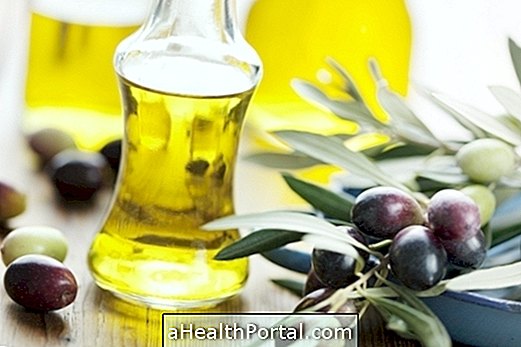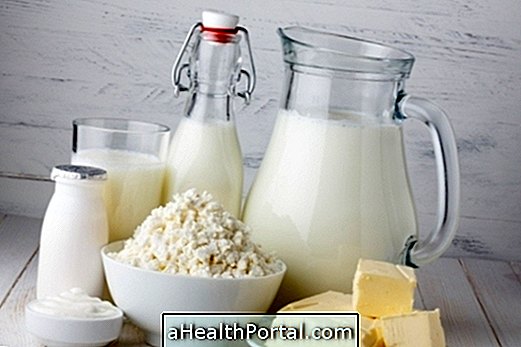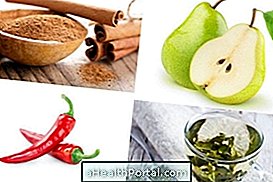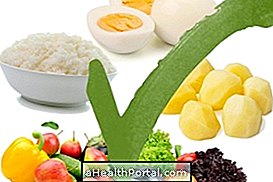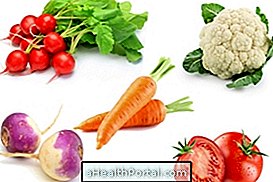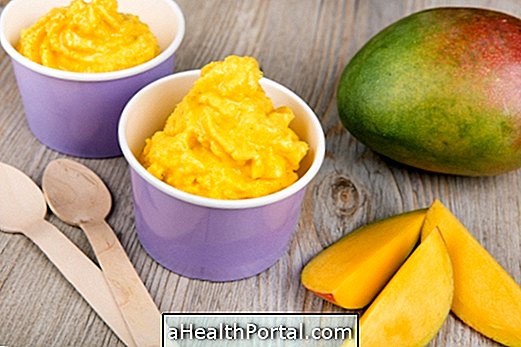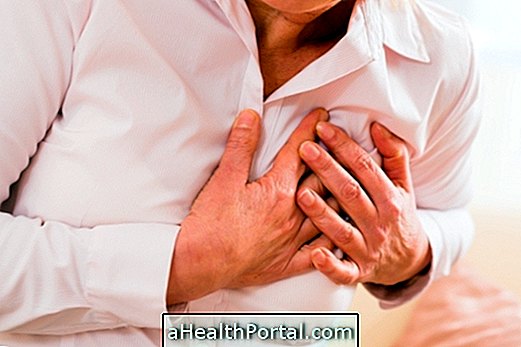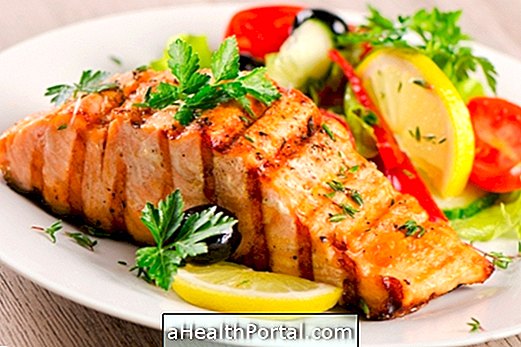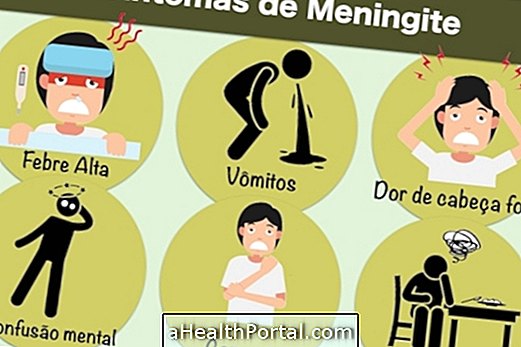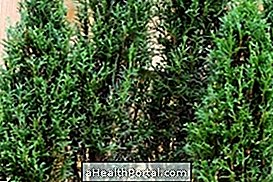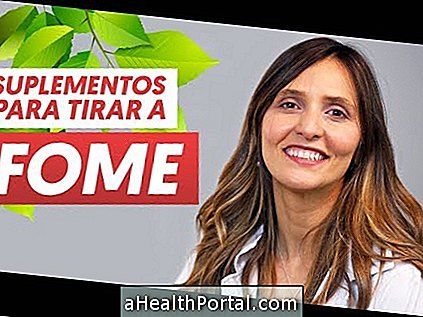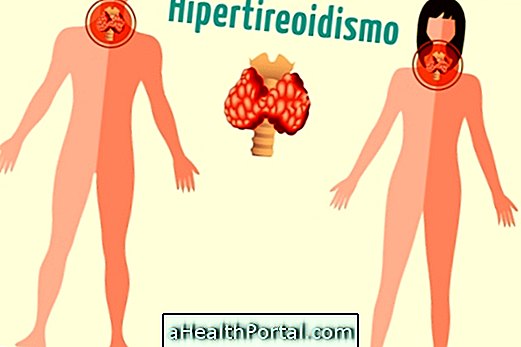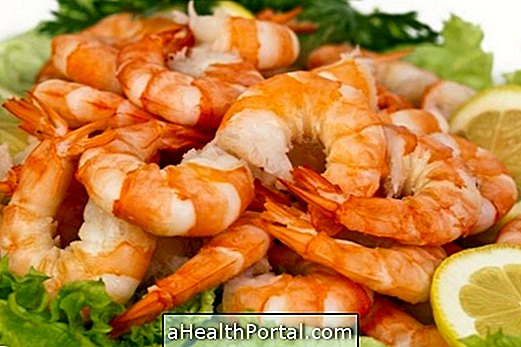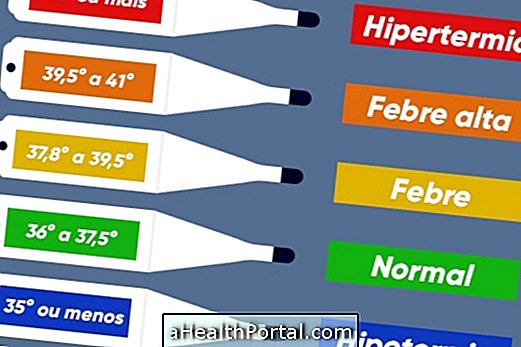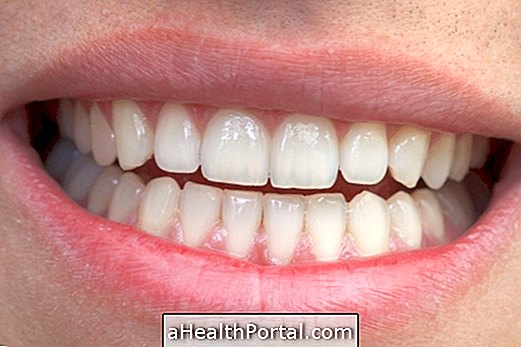Energy foods are represented mainly by foods rich in carbohydrates such as breads, potatoes and rice. Carbohydrates are the most basic nutrients to give energy to cells, being easy and quick to use.
Thus, part of this group are foods such as:
- Cereals : rice, corn, couscous, pasta, quinoa, barley, rye, oats;
- Tubers and roots : potato, sweet potato, cassava, macaxeira, yam;
- Wheat-based foods : breads, cakes, pasta, biscuits;
- Legumes : beans, peas, lentils, soybeans, chickpeas;
- Bee's honey.
In addition to energy foods, there are also food regulators and builders, who perform other functions in the body like healing, growth of new cells and regulation of hormone production.
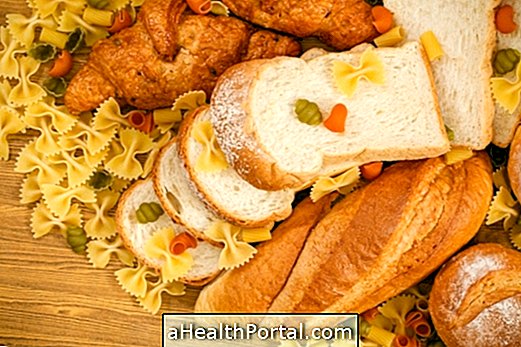
Fat as an energy food
While 1 g of carbohydrate provides about 4 kcal, 1 g of fat provides 9 kcal. Thus, it is also widely used by the body as a source of energy to maintain the proper functioning of cells. This group includes foods such as extra virgin olive oil, nuts, almonds, nuts, butter, avocado, chia seeds, flax seed, sesame, coconut oil and the natural fat found in meat and milk.
In addition to providing energy, the fat also participates in the membrane that delimits all cells, transports nutrients in the blood, forms most of the brain and participates in the production of sex hormones.

Energy foods in training
Energy foods are very important to maintain the quality and the quality of the training, and should be consumed in good quantities mainly by people who want to gain muscle mass.
These foods should be included in the pre-workout, being possible to make combinations as: banana with oats and honey, cheese sandwich or fruit vitamin with oats, for example. In addition, they should also be consumed in the post-workout, along with some source of protein, to stimulate muscle recovery and hypertrophy.
Watch the following video and learn what to eat before and after training:

See more tips on what to eat in pre and post workout.
